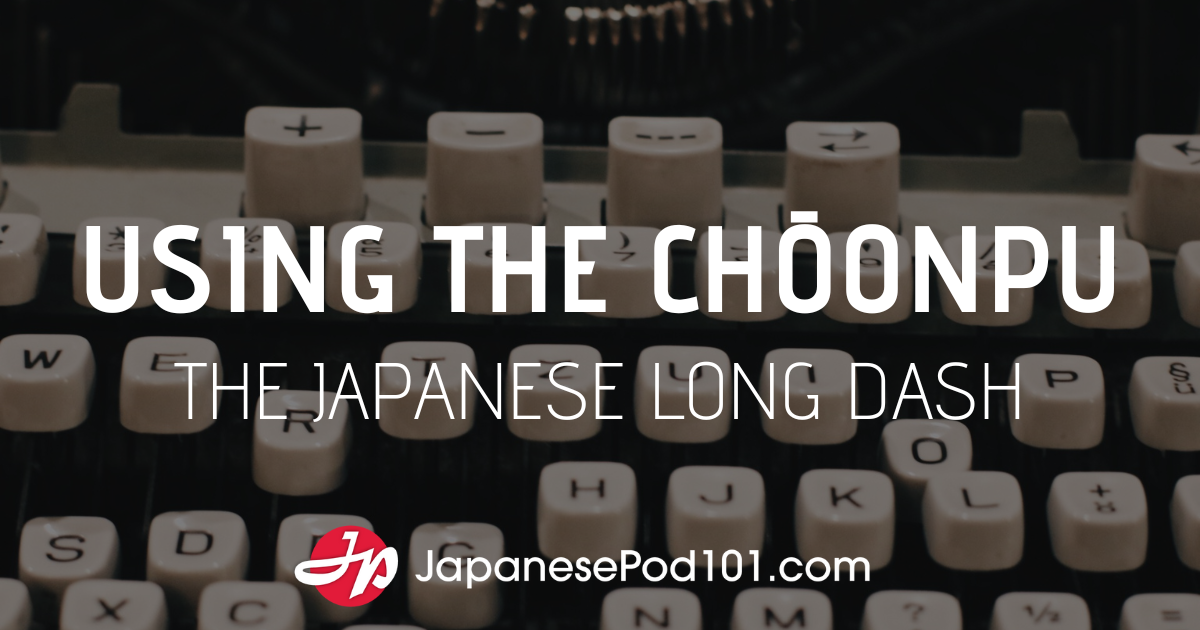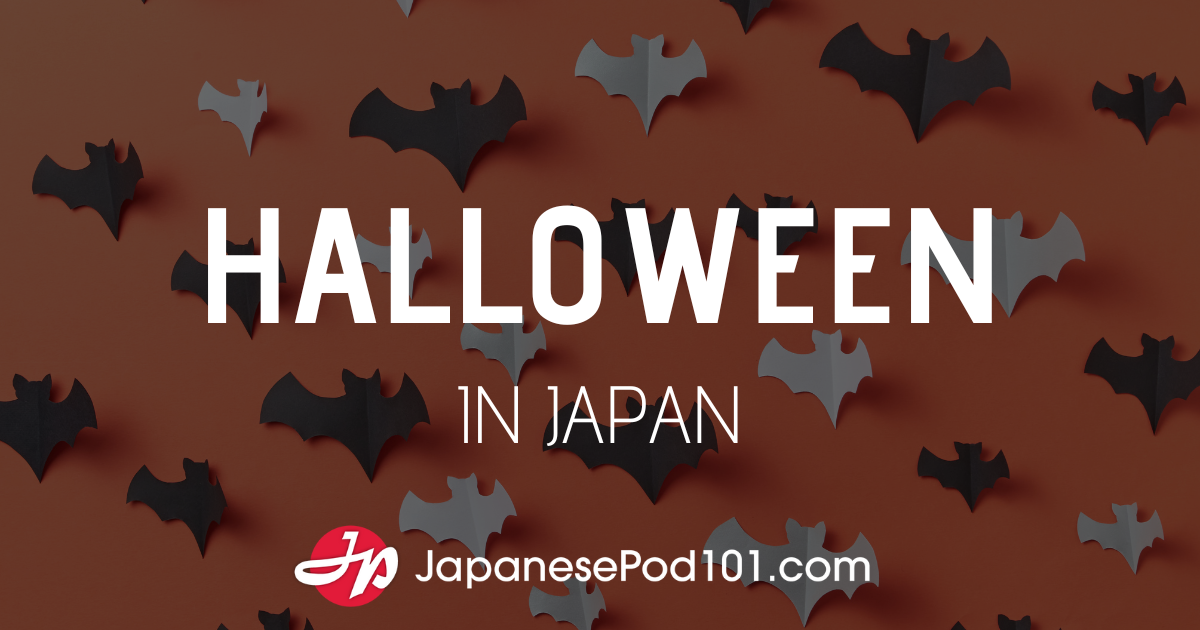Hi everyone!
Welcome to Everyday Kanji! In this series, we’re going to present pictures of kanji seen in various places in Japan taken by the team members at JapanesePod101.com. That’s right – kanji seen and used everyday!
The theme for this week is kanji found on freeway signs. Let’s take a look!
点灯 (tentō):This is the entrance of a tunnel. Can you imagine what the sign is telling you to do from the picture?
The kanji 点 comes from the verb 点ける (tsukeru) meaning “to light”, and 灯 means “a light.” So altogther, 点灯 (tentō) means “to turn on a light.” A similar sign in English might say “Headlights On”.
点灯 (tentō) = to turn on a light
● 点 (ten) = to light
● 灯 (tō) = a light
Sample Sentence:
このランプが点灯したら、故障のサインだ。
Kono ranpu ga tentō shitara, koshō no sain da.
If this lamp lights up, that indicates that there is some failure.
トンネル情報 (ton’neru jōhō): トンネル means “tunnel” and 情報 means “information.” So, the words shown up on the display are notices or alerts for drivers going into a tunnel.
速度 (sokudo) means “speed” and 落せ(otose) is the imperative form of the verb 落とす (otosu), meaning “to let fall.” So, 速度落せ literally means “slow down.”
渋滞 (jūtai) means “traffic jam” and 中 (chū) means “in the middle of ~”, as you learned in Everyday Kanji week 5. So, 渋滞中 (jūtaichū) means “in the middle of a traffic jam.”
情報 (jōhō) = information
● 情 (jō) = circumstances
● 報 (hō) = report
速度落せ (sokudo otose) = slow down
● 速 (soku) = fast
● 度 (do) = degree
● 落 (oto(-se)) = fall
渋滞中 (jūtaichū) = in the middle of a traffic jam
● 渋 (jū) = hesitate
● 滞 (tai) = stagnate
● 中 (chū) = in, inside, middle
Sample Sentence:
ラジオで、渋滞情報を聞こう。
Rajio de, jūtai jōhō o kikō.
Let’s listen to information about the traffic jam on the radio.
合流 (gōryū):合 (gō) means “to join” and 流 (ryū) means “flow.” Do you know what “flow” means in this case?
As you can see from the picture of two lanes merging into one lane, 合流 means “merging/joining of two lanes.”
合流 (gōryū) = merging of two lanes
● 合 (gō) = join
● 流 (ryū) = flow
Sample Sentence:
ここは、2つの川の合流地点だ。
Koko wa, futatsu no kawa no gōryū chiten da.
This is where the two rivers come together.
環状線 (kanjō-sen):環 (kan) means “ring,” 状 (jō) means “appearance” and 線 (sen) means “line.” This means “loop line” or “belt line”.
環状線 is used for a circle shaped highway or railway, but it doesn’t have always a perfect ring shape.
環状線 (kanjō-sen) = “loop line” or “belt line”
● 環 (kan) = ring, circle
● 状 (jō) = appearance
● 線 (sen) = line
Sample Sentence:
環状線の高速道路は、便利だ。
Kanjō-sen no kōsoku dōro wa, benri da.
Loop high ways are convenient.
非常電話 (hijō denwa): 非常 means “emergency” as you learned in Everyday Kanji #7 and 電話 means “telephone.”
You can find this kind of telephone about every 1 km on a freeway. When you pick up the receiver, you will be automatically connected to a control room without having to dial. They will immediately know where you are calling from.
非常電話 (hijō denwa) = emergency phone
非常 (hijō) = emergency
● 非 (hi) = negative, not
● 常 (jō) = usual
電話 (denwa) = phone
● 電 (den) = electricity
● 話 (wa) = talk
Sample Sentence:
高速道路には、ところどころに非常電話がある。
Kōsoku dōro ni wa, tokoro dokoro ni hijō denwa ga aru.
There are emergency phones in some areas of the freeway.
★ Follow us on Twitter for future Everyday Kanji series!














